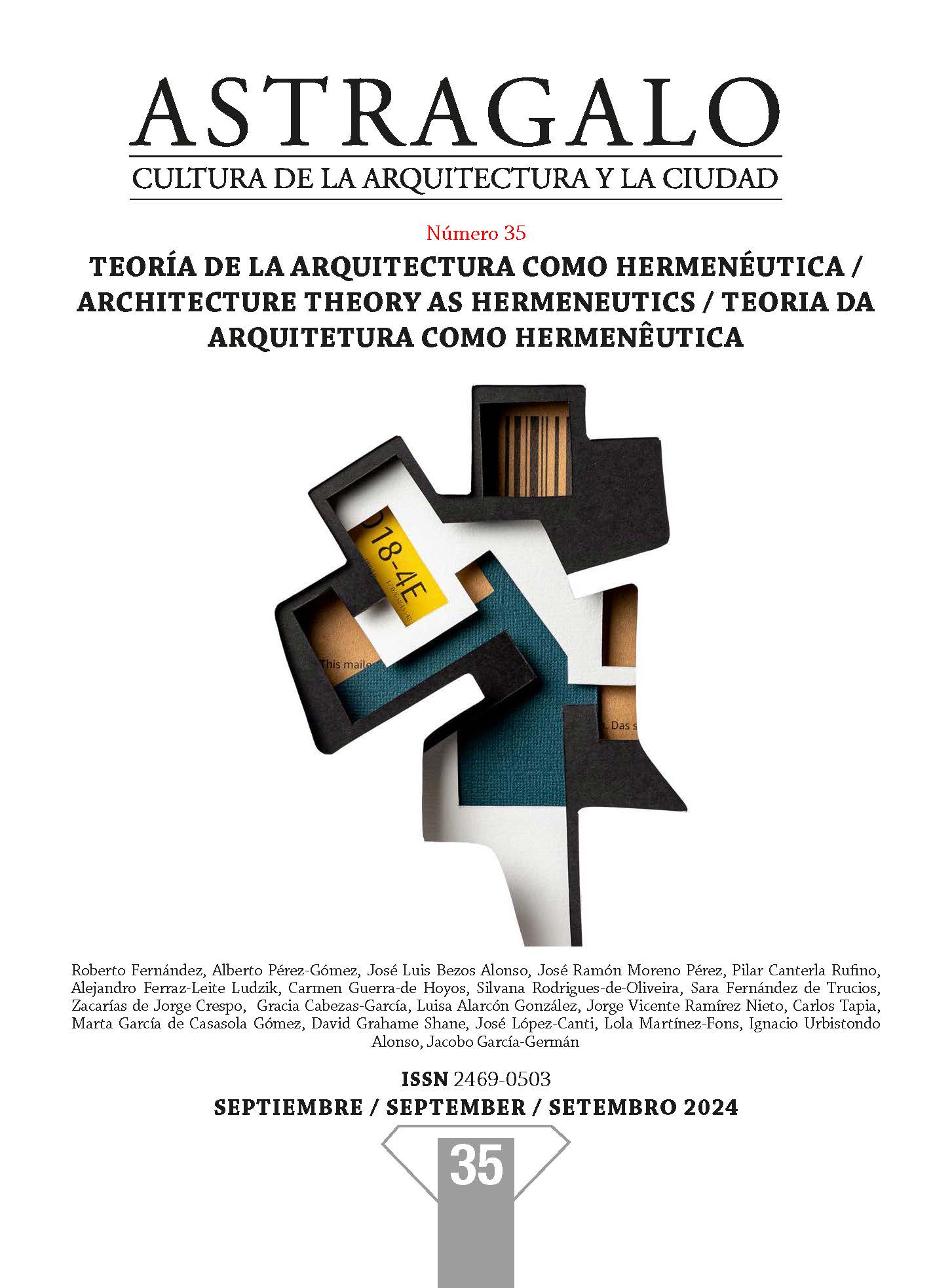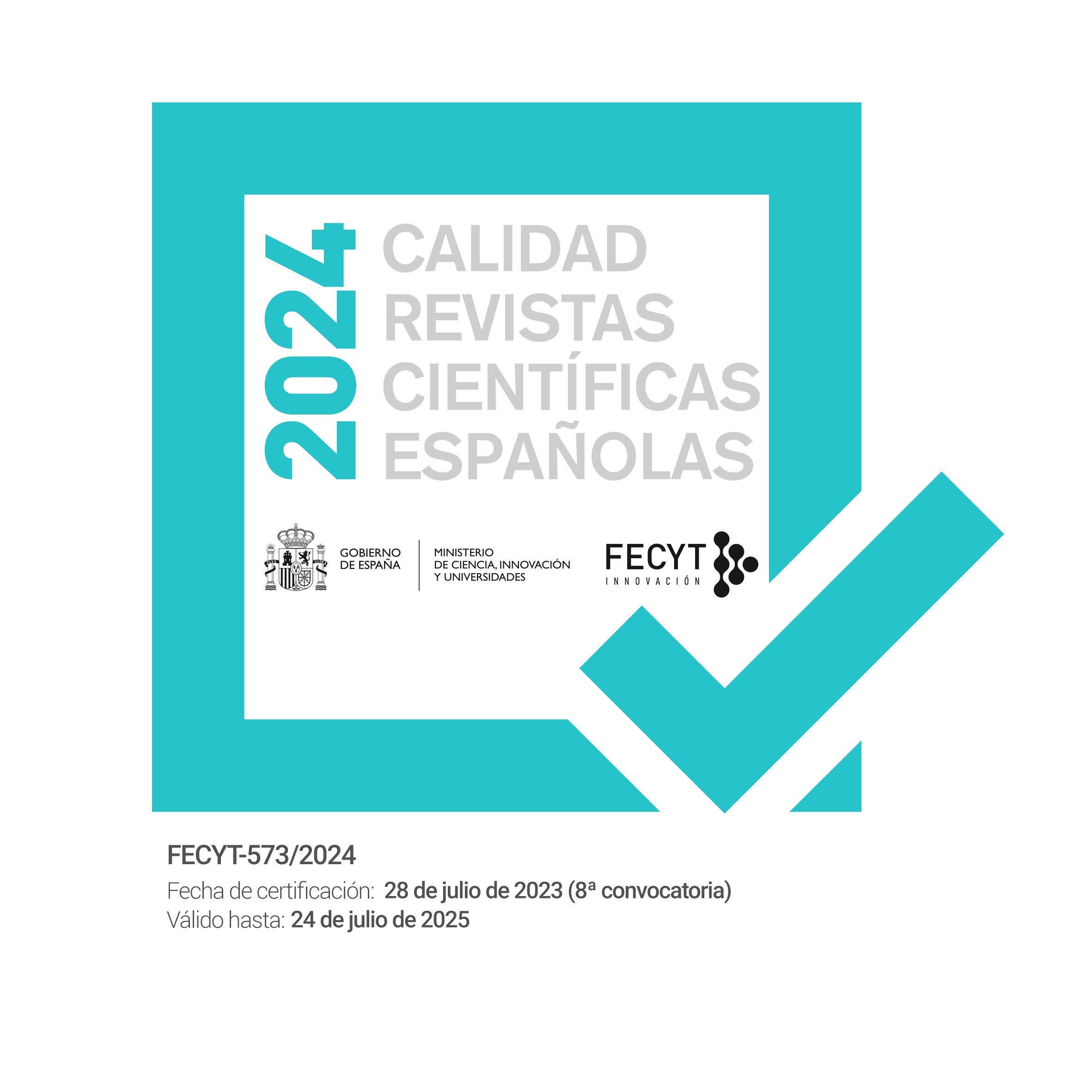The interpretation of architecture as a methodological problem
Reiew of Vladimír Dedeček, Interpretations of his Architecture: The Work of a Post War Slovak Architect.
DOI:
https://doi.org/10.12795/astragalo.2024.i35.09Abstract
The interpretation of a work of art raises essential questions about its meaning and evolution: is only one interpretation valid or are there as many interpretations as there are observers? A single interpretation would imply the existence of corrective mechanisms and an authorial authority to impose it. On the other hand, infinite interpretations suggest that the author cannot prevail with a singular vision. Interpretation can evolve over time, enriched by the ongoing experience of critics, interpreters and users. This raises the question of whether interpretation jeopardises the essence of the work or whether it can recreate it. Throughout history, architectural interpretation has moved from functional and aesthetic approaches to symbolic, emotional and social perspectives. In recent years, after a period of rise and fall of architectural hermeneutics, its role has been reconsidered, highlighting the work of Vladimír Dedeček, an architect who combined modern functionalism with the Slovak cultural context. His legacy, analysed in the book under review by Mitášová, Zervan, Brádňanský and Halada, is organised around problems of meaning and methodology that reflect how architectural interpretations can be integrated into contemporary debates, demonstrating that the understanding of architecture goes beyond mere visual representation and encompasses complex interactions of intra-architectural meaning.
Downloads
Downloads
Published
How to Cite
Issue
Section
License
Copyright (c) 2024 Carlos Tapia Martín

This work is licensed under a Creative Commons Attribution-NonCommercial-ShareAlike 4.0 International License.


















